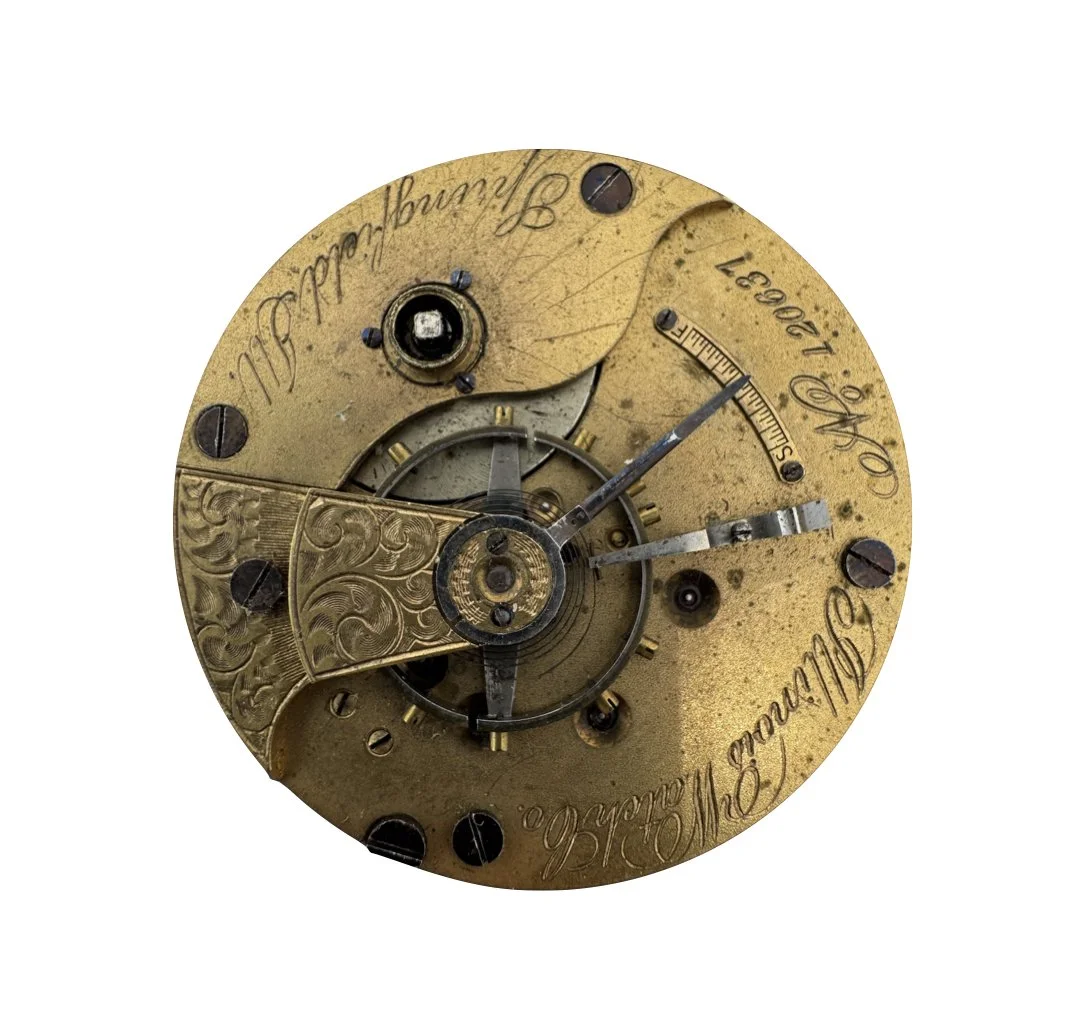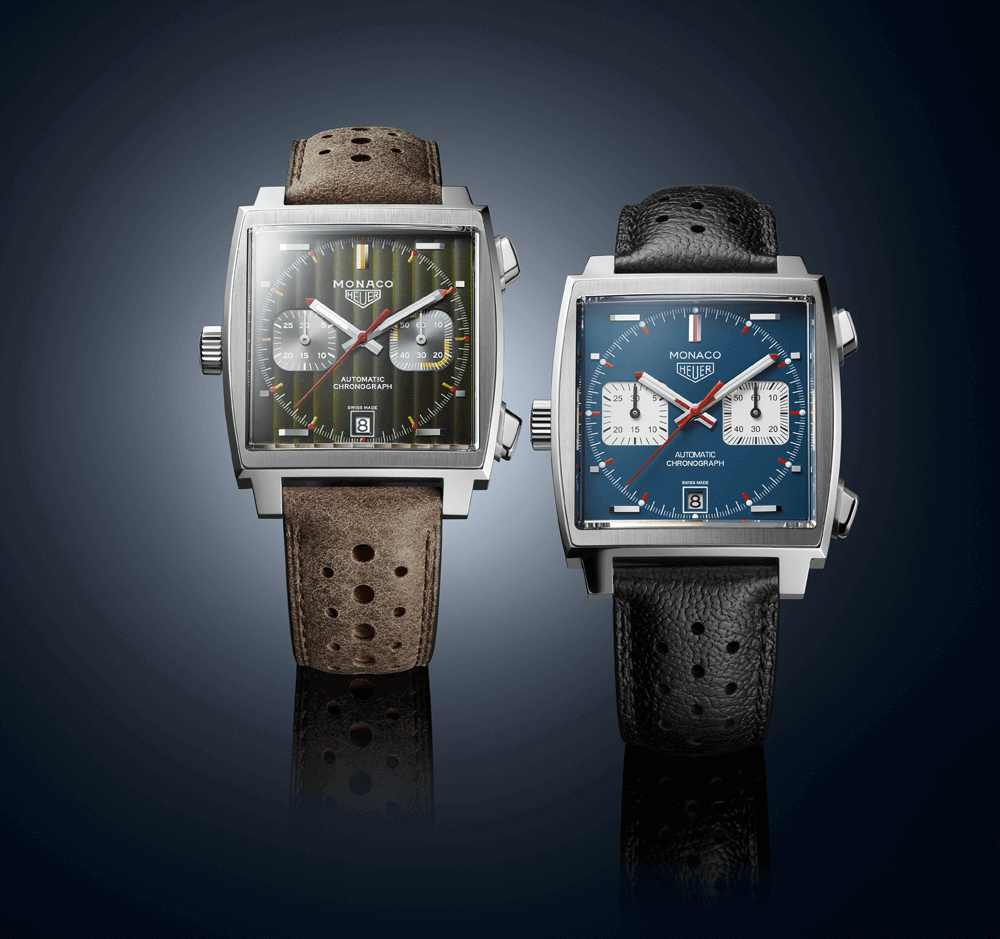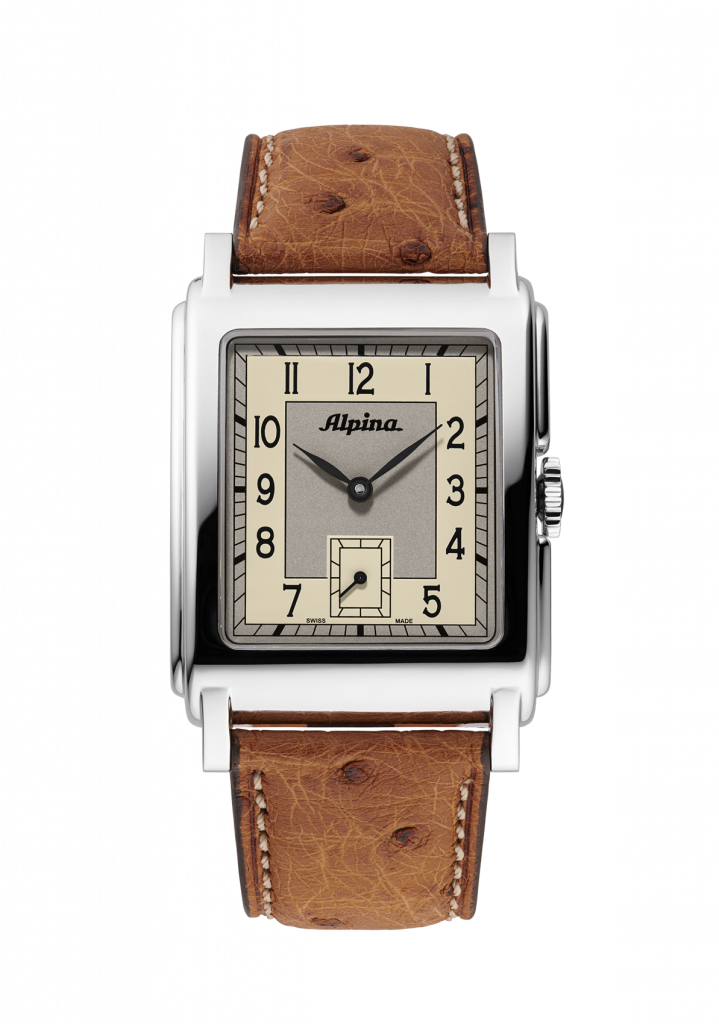On Mountain Time

Alpine sports have always been deeply intertwined with precision and performance, qualities that extend beyond the mountains themselves. The watch, once considered merely a tool for telling time, has become an essential companion in the world of alpine sport, where every second counts and every movement is measured.
The history of timepieces in alpine sport begins in the early days of skiing, mountaineering, and snow sports. The rugged, unforgiving conditions of the alpine landscape demanded watches that were not only durable but also capable of keeping up with the intensity of the sport. Over time, these instruments evolved from basic timekeepers to sophisticated pieces of technology that could withstand the harshest environments, all while retaining their classic elegance.
In the 19th century, as skiing began to develop into a competitive sport in the Alpine regions, adventurers and explorers began to rely on mechanical watches to measure time. These early timepieces were simple pocket watches, often designed to withstand cold temperatures and the elements. In this period, timing events like ski races or climbing expeditions was an essential part of the sport, but watches were relatively rudimentary by today's standards.
As the 20th century dawned, timekeeping evolved dramatically. The introduction of the chronograph—a timepiece with the ability to measure elapsed time in intervals—proved to be a game-changer for alpine athletes and mountaineers. This innovation, which allows wearers to track their performance in real-time, became a vital tool for skiers, climbers, and adventurers seeking precision in their sports.
Watches also began to play a key role in the world of mountaineering, especially during the early days of major alpine expeditions. The rugged terrain and extreme altitude challenges faced by mountaineers called for watches that were reliable, accurate, and capable of withstanding the harshest conditions. Timepieces, in this sense, were no longer just accessories—they became critical instruments for survival and success.
Over the years, watches have not only captured the essence of alpine sport but have also been part of some of the most iconic moments in the sport’s history. Here are a few notable timepieces and key moments that have shaped the legacy of watches in alpine sport:
Smiths and the First Ascent of Mount Everest (1953)
In 1953, the British-made Smiths De Luxe watch accompanied Sir Edmund Hillary on one of the greatest triumphs in exploration history: the first successful summit of Mount Everest. As the timepiece worn to the top of the world, Smiths became a symbol of precision, endurance, and British engineering—marking its place in mountaineering legend and horological heritage.
Rolex and the 1920s Swiss Skiing Competitions
In the 1920s, Rolex was already known for its commitment to precision and durability. At this time, the brand began to sponsor competitive skiing events, solidifying its presence in the alpine sport scene. Rolex's connection to alpine sport continued to grow as their watches were trusted by athletes seeking reliable timepieces for their performance.
The Introduction of the Breitling Emergency (1995)
The Breitling Emergency, released in 1995, became one of the most groundbreaking timepieces in alpine sport. Featuring an integrated emergency distress beacon, the watch was designed specifically for mountaineers, skiers, and pilots, providing a crucial safety tool in remote, high-altitude environments. This innovation transformed how athletes approached safety during expeditions.
Tag Heuer and the Launch of the Monaco Chronograph (1969)
While not directly tied to alpine sports, Tag Heuer’s Monaco chronograph became synonymous with precision timing during the 1960s and 1970s. The Monaco gained popularity among alpine athletes and skiers who sought both performance and style. Its square casing and innovative chronograph function made it a symbol of high-performance sports.
Breitling's Collaboration with the French Ski Team (1980s)
During the 1980s, Breitling collaborated with the French national ski team, providing them with watches that featured advanced timing functions tailored for competitive skiers. This partnership further cemented Breitling’s position as a trusted brand within the alpine sports community.
Patek Philippe and the Legendary Alpine Watches (1930s-1950s)
Renowned Swiss luxury brand Patek Philippe became synonymous with elegance and precision during the early 20th century. Their high-end timepieces were sought after by alpine adventurers, climbers, and wealthy patrons of the sport. These watches were seen as symbols of prestige and performance, and their craftsmanship continues to be admired by collectors and enthusiasts alike.
The Casio G-Shock and Modern Alpine Athletes (1983-Present)
Launched in 1983, the Casio G-Shock revolutionized the way athletes approached rugged timekeeping. Its shock-resistant design and durable construction made it an ideal companion for alpine athletes, especially those who required a robust timepiece to withstand extreme cold, wet, and rough conditions
The role of watches in alpine sports today remains as crucial as ever. With advanced features such as GPS tracking, altimeters, and heart rate monitoring, modern timepieces serve as both practical tools and symbols of alpine achievement. Whether worn for sport, adventure, or simply as a tribute to the alpine lifestyle, timepieces continue to hold an important and traditional place in alpine sport. As the sport of skiing, mountaineering, and alpine racing evolves, so too does the watch—always striving to keep pace with the ever-changing times of the mountains.















